Are camera lenses waterproof? Generally, no. However, some are designed to be water-resistant, and understanding this difference is pivotal for every photographer.
Dive into this article to learn the importance of knowing the water resistance capabilities of your lens and to debunk common misconceptions about camera lens waterproofing.
The Truth About Waterproof and Water-Resistant Lenses
Photography enthusiasts and professionals alike often encounter the terms “waterproof” and “water-resistant,” especially when browsing for equipment suited for unpredictable environments.
But what do these terms really mean, and how do they affect your precious lenses?
Waterproof vs. Water-Resistant: What’s the Difference?
At its core, waterproof suggests that the product can be completely submerged in water without any detrimental effects. However, in the world of camera equipment, true waterproofing is rare.
Most products labeled “waterproof” can withstand only brief and shallow submersions.
On the other hand, water-resistant means the lens has a certain level of protection against water ingress but isn’t immune to it.
Think of it as a raincoat. It can protect you from a drizzle or light rain, but during a downpour, it’s bound to get soaked.
Decoding Manufacturer Ratings
When manufacturers rate a lens’s resistance to water, they usually provide an IP (Ingress Protection) rating.
This is a two-digit number where the first digit indicates protection against solid objects (like dust), and the second digit represents protection against liquids.
For example, an IP68-rated lens would be dust-tight and could be submerged in water under specified conditions.
However, it’s essential to read the manufacturer’s fine print. While IP68 might indicate water resistance up to 1.5 meters for 30 minutes, the actual resistance can vary based on the product.
To help you navigate these ratings, here’s a simplified table:
| IP Rating (Second Digit) | Protection Level |
|---|---|
| 0 | No protection |
| 1-3 | Protection against dripping to spraying water |
| 4-6 | Protection against splashing to powerful water jets |
| 7 | Protection against immersion up to 1m |
| 8 | Protection against immersion beyond 1m (specified) |
Remember, even with a high IP rating, prolonged exposure to water or submersion can still lead to damage. Always consult the user manual and avoid pushing your equipment beyond its limits.
Dangers of Water Exposure to Lenses
While capturing raindrops on petals or the mist from a waterfall can create compelling images, introducing your lens to water can pose significant risks. Here’s why.
The Double-Edged Sword: Internal and External Damages
Externally, water can deteriorate the lens coating, which plays a vital role in reducing reflections and enhancing image clarity. It can also infiltrate the spaces between the moving parts of a zoom or focus ring, leading to rust or other damage.
Internally, water poses even graver threats.
Lenses have intricate optics and mechanisms. Once moisture seeps inside, it can cause condensation on internal lens elements.
This not only disrupts clarity but can also lead to fungal growth if not addressed promptly. Fungi can erode lens coatings and permanently damage the optics.
The Silent Assassin: Long-Term Moisture Effects
One might assume that if a lens appears dry and functions normally after being exposed to water, all is well. This is a dangerous misconception.
Residual moisture can remain hidden within, leading to slow but consistent degradation of lens quality over time. Elements like sharpness, contrast, and color accuracy can all be compromised.
Key Signs Your Lens Might Be Experiencing Water Damage
Water damage isn’t always immediately evident. It’s crucial for photographers to be vigilant and look out for these telltale signs.
The Unwanted Haze: Internal Moisture and Fogging
If you notice a haze or fog within the lens, especially when moving between temperature extremes, this is a clear indicator of internal moisture.
This fogging is the result of condensation forming on the internal lens elements and can severely affect image quality.
Decline in Image Quality
Another sign of potential water damage is a noticeable decrease in image quality. You might see:
- Blurred sections in your image
- Uneven sharpness across the frame
- A decrease in contrast or unusual flaring
These issues might not be noticeable right after water exposure, but they can manifest over time as the lens continues to degrade.
Common Myths About Protecting Camera Lenses From Water
In the age of information, it’s easy to stumble upon misconceptions, especially when it pertains to camera gear.
Let’s dive into some common myths about protecting camera lenses from water and set the record straight.
Myth: All Professional Lenses Are Waterproof
You might assume that shelling out big bucks for a professional-grade lens guarantees waterproofing. This is not the case.
While many high-end lenses offer better water resistance due to their superior build quality, they aren’t inherently waterproof.
It’s crucial to always check the manufacturer’s specifications and not rely on price or brand alone as an indicator of water resistance.
The Protective Duo: Lens Protectors and Hoods
A common belief is that lens protectors and hoods are purely for physical protection against knocks or to prevent lens flare.
While these are valid uses, they also play a role in protecting the lens from water splashes or drizzle.
- Lens Protectors: Not only can they shield the front element from water droplets, but they also prevent potential scratches or other damages. Interested in more on this? Dive into this article to learn if camera lens protectors necessary.
- Lens Hoods: These handy accessories do more than just block unwanted light. They can serve as a first line of defense against rain, preventing droplets from reaching the lens element. Curious about other benefits of lens hoods?
Emergency Steps When Your Lens Gets Wet
The unexpected can always happen. If you find yourself caught off guard and your lens gets wet, it’s essential to remain calm and follow these emergency steps.
- Power Off: If the lens is attached to the camera, turn the camera off immediately.
- Detach the Lens: Carefully remove the lens from the camera body. This prevents any potential water from traveling into the camera’s internals.
- Wipe Off Excess Water: Using a soft, lint-free cloth, gently dab and wipe away visible moisture.
- Store in a Dry Place: If possible, place the lens in an environment with silica gel packets or uncooked rice. These substances can absorb residual moisture.
- Avoid Temptation: Resist the urge to use the lens until you’re certain it’s dry. Using a wet lens can exacerbate potential damage.
- Consult Professionals: If you’re uncertain about the lens’s condition after exposure to water, it’s best to seek expert advice. They can assess any damage and suggest appropriate steps for recovery or repair.
Do’s and Don’ts After Water Exposure
Water exposure to camera lenses can be a photographer’s nightmare, but knowing the correct steps to take can make all the difference. Here’s a condensed guide on the do’s and don’ts.
Do’s:
- Assess Quickly: Immediately check the extent of water exposure.
- Detach and Dry: Remove the lens from the camera and pat dry with a soft cloth.
- Use Absorbents: Employ silica gel packets or uncooked rice as temporary moisture absorbents.
- Store Safely: Keep the lens in a cool, dry place away from direct sunlight.
- Consult Experts: If in doubt, always seek professional advice.
Don’ts:
- Avoid Powering On: If the camera gets wet, don’t turn it on. It can cause a short circuit.
- No Direct Heat: Don’t use hairdryers or heaters; they can damage the lens elements.
- Avoid Unscrewing: Do not attempt to dismantle the lens; you might cause more harm.
- No Immediate Use: Resist the urge to use the lens right after drying it. Allow ample time for internal moisture to evaporate.
Solutions for Extracting Moisture from Your Lens
When faced with a damp lens, it’s vital to know the best methods for extracting moisture. Let’s delve deeper into some tried-and-true techniques.
- Silica Gel Packets: These little packets are powerhouses when it comes to moisture absorption. Place your lens in a sealed bag with several packets and let them work their magic. The silica beads attract and hold water vapor, drawing out the moisture from your lens.
- Uncooked Rice: A popular home remedy, rice can be an effective desiccant. Fill a container with rice and bury your lens within, ensuring it’s well-covered. The rice will gradually pull out the internal moisture.
- Controlled Sunlight Exposure: Unlike direct sunlight, which can be damaging, controlled sunlight exposure can help. Place your lens in a shaded area where it can receive indirect sunlight. The gentle warmth can encourage evaporation without risking damage.
- Professional Assistance: If DIY methods don’t seem to be helping, or if you’re worried about potential lasting damage, it’s time to call in the experts. Professionals have specialized tools and expertise to address moisture issues without compromising lens integrity.
Choosing the Right Equipment for Wet Conditions
Capturing moments in unfavorable weather can lead to spectacular results, but it requires gear that can withstand the conditions.
If you frequently find yourself shooting in wet or humid environments, equipping yourself with the right tools becomes crucial.
The Power of Weather-Sealed Cameras and Lenses
Weather-Sealed Cameras: Designed to resist environmental elements, these cameras come with protective seals that guard against dust, moisture, and occasional splashes. While they are not waterproof, they offer a higher level of protection than regular cameras.
Weather-Sealed Lenses: Like their camera counterparts, these lenses have special seals that prevent moisture and debris from infiltrating the sensitive internal components. Pairing a weather-sealed lens with a sealed camera ensures the best protection against water exposure.
Key Benefits:
- Durability: These tools are built to last, ensuring a longer lifespan even when frequently exposed to challenging conditions.
- Versatility: Rain or shine, they allow photographers to capture moments without being overly cautious about potential damage.
- Improved Image Quality: With less worry about moisture and debris, photographers can focus on composition and settings, leading to better shots.
FAQs
Does water damage camera lenses?
Yes, water can harm both the external and internal components of camera lenses. Prolonged or frequent exposure can lead to fogging, lens element deterioration, and potential mold growth.
Can you use cameras in the rain?
While some cameras are weather-sealed and can handle light rain or drizzle, it’s essential to exercise caution. Always refer to the manufacturer’s specifications and use protective gear when necessary.
Are Canon L lenses waterproof?
Canon L lenses are known for their build quality and often feature weather sealing, making them more resistant to moisture and dust. However, they are not entirely waterproof and should not be submerged in water.
How do I know if my camera is waterproof?
Check the camera’s specifications in the user manual or manufacturer’s website. Waterproof cameras are explicitly labeled and often come with a depth rating indicating how deep they can be submerged without damage.
What to do if there’s water in my camera lens?
Switch off your camera, remove the lens, and dry it externally with a soft cloth. Use desiccants like silica gel or uncooked rice to draw out internal moisture. Seek professional help if necessary.
Do I need weather-sealed lenses?
Weather-sealed lenses are beneficial for photographers who often shoot in challenging environments. They offer added protection against dust, moisture, and minor splashes, though they aren’t entirely waterproof.
How long does it take for water to get out of your camera?
It can vary based on the extent of the water intrusion. Using absorbents like silica gel can speed up the process. It’s best to wait several days to ensure all moisture has evaporated before using the camera again.
Final Tips for Protecting Your Camera Lenses from Water
Ensuring your precious camera lenses remain in top condition involves more than just reactive measures. Adopting a proactive approach can significantly reduce the risk of water damage.
- Lens Caps and Hoods: Always use lens caps when the lens is not in use. Hoods can offer protection against accidental splashes and drizzles.
- Weatherproof Bags: Invest in a quality weatherproof camera bag. These are designed to keep moisture out, ensuring your equipment stays dry.
- Regular Maintenance: Clean your lenses regularly and inspect for signs of wear or potential vulnerabilities. A well-maintained lens is less prone to water infiltration.
- Store Properly: When not in use, ensure your lenses are stored in a dry, cool place. If you live in a humid environment, consider using a dehumidifier or storing your gear with silica gel packets.
- Know When to Upgrade: If your lens has faced multiple water exposures or is aging, it might be more susceptible to damage. Recognize when it’s time to invest in new equipment that offers better water resistance or overall protection.
In conclusion, while water and photography equipment aren’t the best mix, being prepared and informed can make all the difference.
Protect, maintain, and choose the right gear, and you’ll be ready to capture the world, come rain or shine.


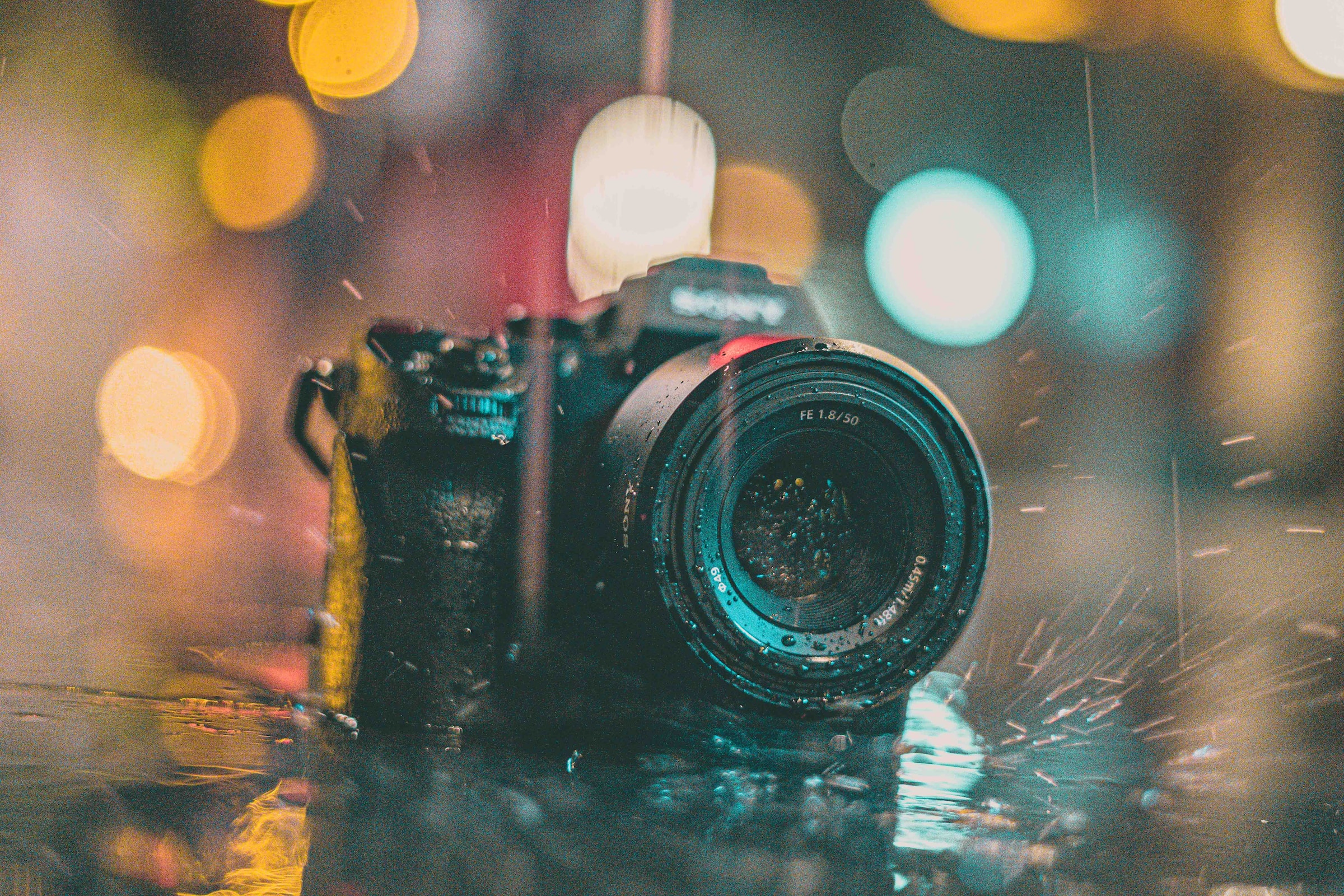
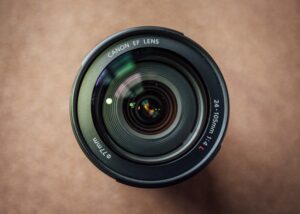

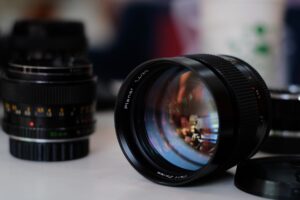
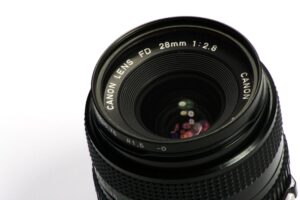
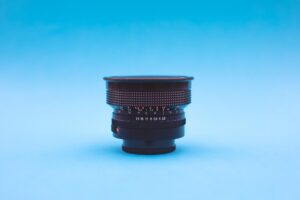

Pingback: Are Camera Lens Protectors Necessary? A Comprehensive Guide - Photography Explorer
Pingback: Do Camera Lenses Wear Out? Top Tips to Maximize Lens Life - Photography Explorer
Pingback: The Complete Guide on How Camera Lenses Are Made - Photography Explorer